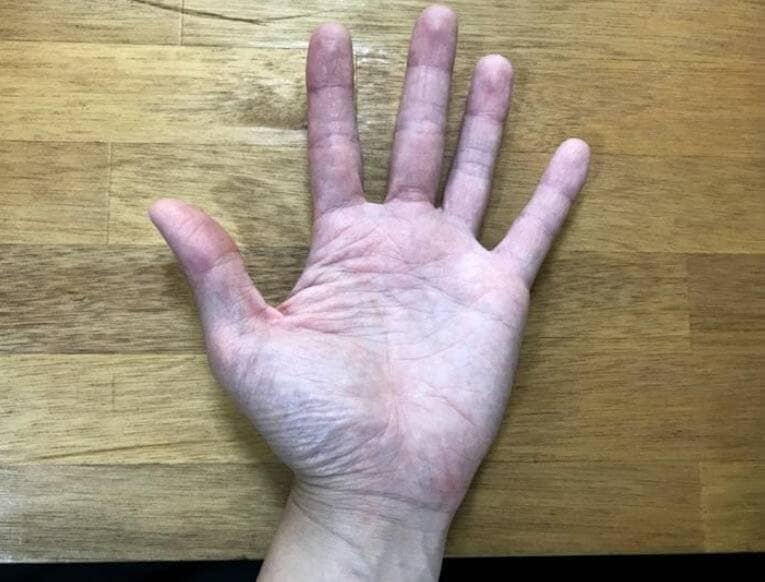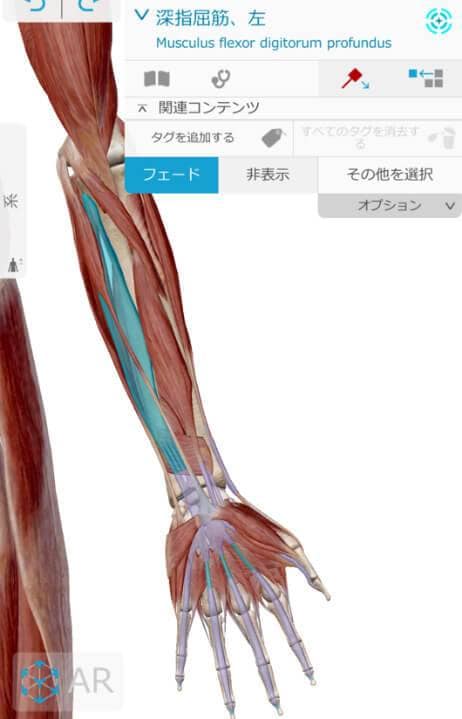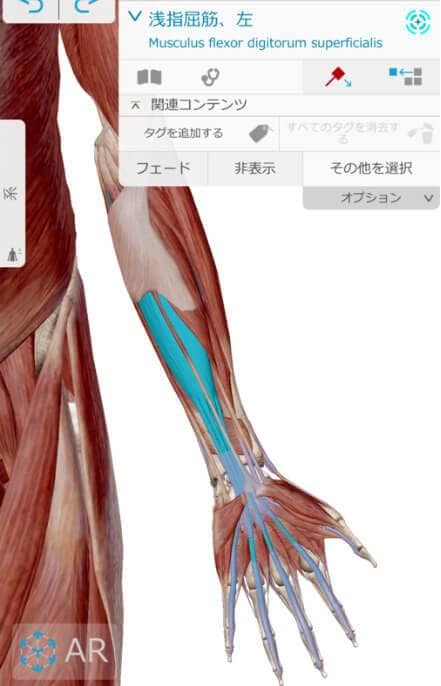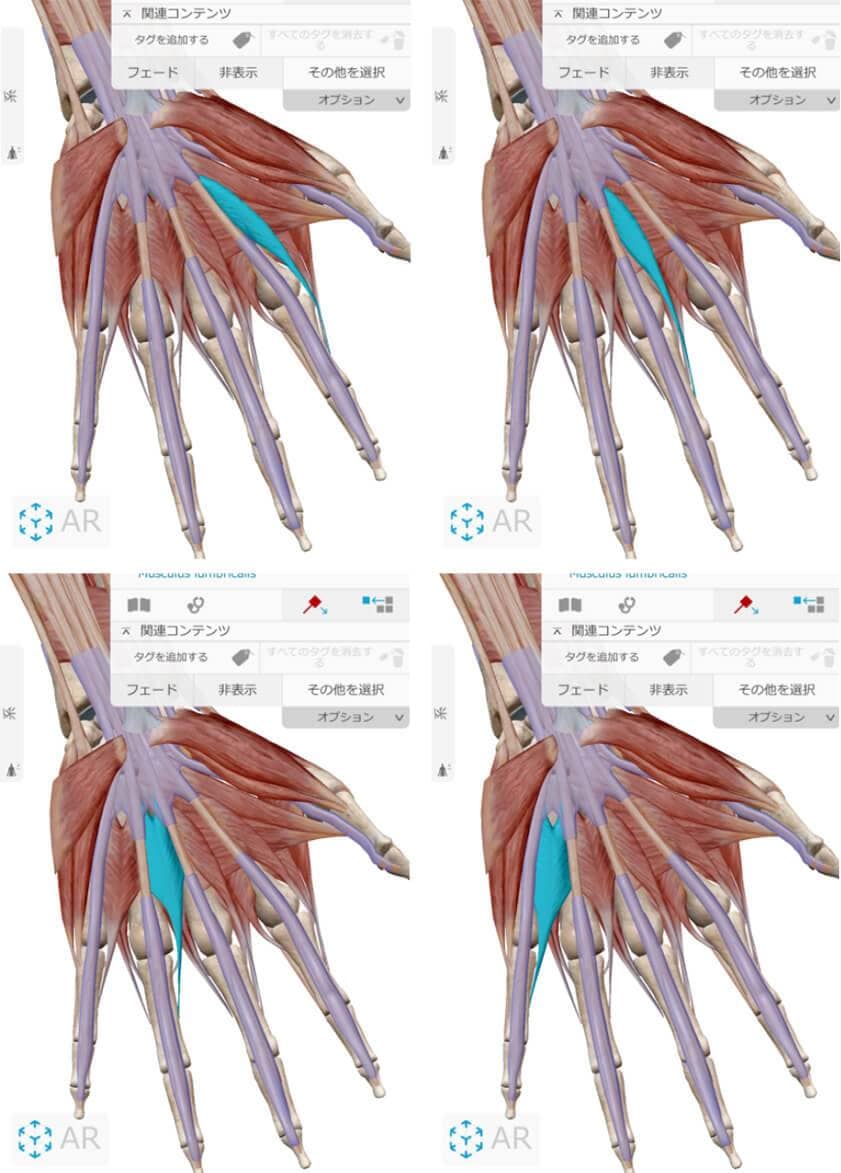Hello!
My name is Fujioka Takuto and I am a "guitarist who can perform therapy".
It’s been a long rainy season, but how are you all doing?
If it continues to rain, the humidity will increase, and I'm worried that will affect my guitar. I use a dehumidifier as much as possible, but the room temperature rises due to the exhaustive heat, and I am writing this column sweating. ( ̄ ▽  ̄;)
By the way, today I would like to introduce "muscles that move fingers"!
Have you ever wondered how your fingers move?
Smooth fingering cannot be achieved just by knowing the muscles, but knowing the relationship between muscles and the movement can make it easier to imagine how you want to move your fingers. Also, by linking the image and the actual movement, the movement becomes clearer, providing an idea of why you may not be good at a particular fingering movement!
There are so many muscles that move the fingers, so this time I will focus on the "muscles that bend the fingers".
Please also read the column [Fingering] I wrote in the past for more understanding.
Your fingers have a total of three joints.

From the fingertips, the first joint, the second joint, and the third joint.
Let's look at them in order!
The muscle that bends the first joint, the distal interphalangeal joint (DIP joint) is official name, is the flexor digitorum profundus.

As shown in the image, the muscles that are connected from the inside of the elbow to the fingertips are the flexor digitorum profundus.
You rarely bend only the first joint, but more often bend with the second and third joints to move fingers.
If you bend only the first joint while not bending other joints, you will notice that the muscles from the wrist to the arm are moving. This is the flexor digitorum profundus.
Next, let’s look at the second joint. The official name is the proximal interphalangeal joint (PIP joint). A muscle called flexor digitorum superficialis bends this joint.

The name is very similar to the flexor digitorum profundus introduced above.
Not only the name, but also the place where the muscles are connected is very similar, covering the flexor digitorum profundus. As the name implies, the flexor digitorum superficialis is connected to the deeper position, while the flexor digitorum superficialis is connected to the shallower position.
When you play the guitar, these two muscles are used to adjust the degree of bending of the fingers.
The last is the third joint. The official name is the middle finger internodal joint (MP joint). The main muscle that bends here is called the lumbrical muscle. (The flexor digitorum superficialis also bends the third joint.)

There are a total of four lumbrical muscles, which are connected from the palm to each finger.
Unlike the muscles introduced so far, the lumbrical muscles are connected to the palm.
Since the lumbrical muscle has the role of moving the fingers from the base, you may call it the fingering muscle.
I think many people struggle with fingering when starting out the guitar, and many people find it difficult to move their ring finger and the pinky. In many cases, this is because the lumbrical muscles are not being used properly.
If you are having difficulty moving the ring finger and pinky, please try to move the third joint. If you can move it well, you will be able to move your fingers quite easily (゜ ∀ ゜)
Also, when moving their fingers, many people tend to focus on their fingertips, making them tense up. The part where the fingering muscles are attached is the arm and palm, so I think it is good to pay attention to the arm and palm (゜ ∀ ゜)
What did you think?
By knowing the structure of the body and the movement of the muscles, I think that it will be easier to imagine the movement you are aiming for and to actually move your body like you want it to move.
Maybe there are not many people who wonder, "Why do the fingers move?" However, I think having questions leads to various discoveries!
See you soon!


























